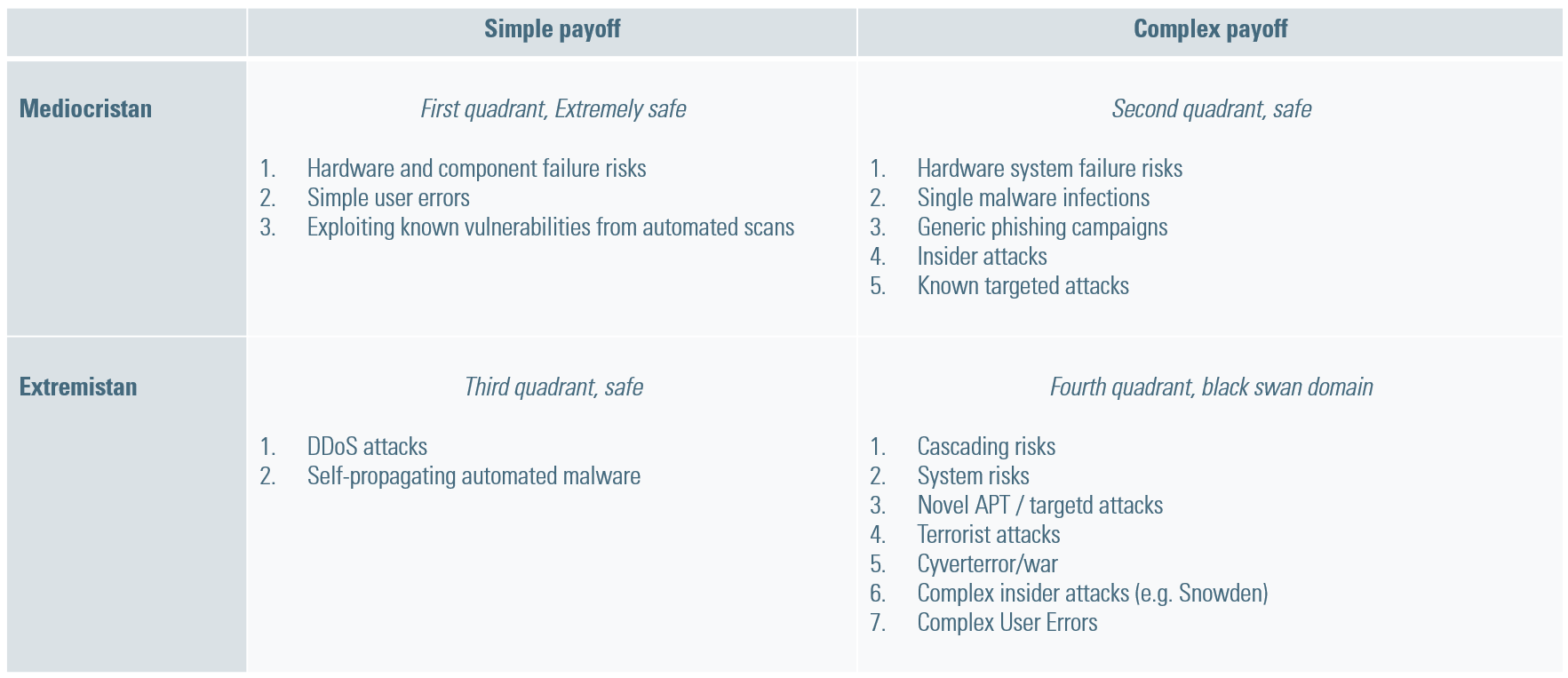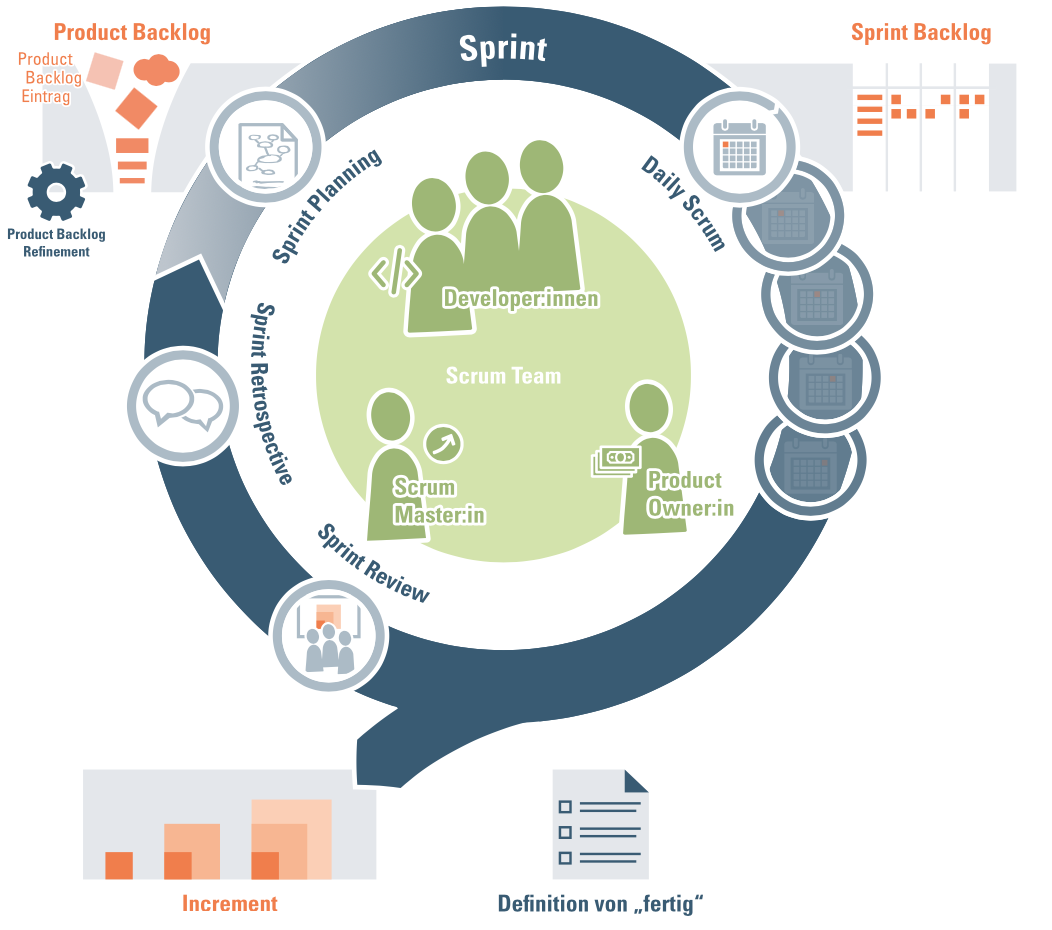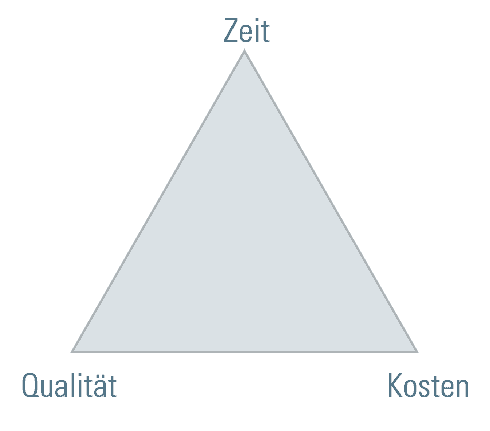
February 2021
Sprints, milestones and black swans: How flexibly do classic and agile projects react to disruptive events?
Increasingly powerful computers, larger amounts of data and more precise models as well as the forecasts derived from them convey a deceptive feeling of security and predictability in many areas. The surprise is all the greater when seemingly unexpected events, such as the corona pandemic that has been rampant since the beginning of January 2020, occur - and the effects are all the more fatal. In addition to the massive impact on private life, culture and leisure time, Corona is also having a massive impact on project activities in numerous sectors - with some serious effects.
Examples include the repeated postponement of the theatrical release of the new James Bond film On Time To Die, the cancellation of numerous festivals and concerts as well as numerous internal projects that are not necessarily in the public eye.
Many of these projects are planned in the classic way with milestones, critical paths and project structure plans - and some of them were massively affected by Corona.
This made it clear again that project management today often takes place in the VUCA environment. VUCA stands for volatile, uncerttain, ccomplex and ambiguous – i.e. an environment characterized by a high degree of complexity, uncertainty and unpredictability. This environment is also known as the "domain of the black swans" in Nassim Nicholas Taleb's quadrant model.

Black swans are events or phenomena that seem to come out of nowhere, are beyond imagination and experience, and have far-reaching and all-encompassing effects, both positive and negative. Well-known examples of black swans include 9/11, the Fukushima meltdown in 2011, the discovery of penicillin (antibiotics) and the discovery of America in 1492.
All of these events had far-reaching effects and were logically justifiable and understandable in retrospect.
In project management, there are various methods and approaches to estimate the probability and effects of undesired events and to design countermeasures. Nevertheless, there are massive differences in the ability to react and adapt between "classic" and "agile" project management.
Thesis: Agile project management is better suited for dealing with disruptive events and the VUCA world than "classic" projects.
Agile vs. classic project management
A first difference is noticeable when looking at the project planning and structure: Classically conceived projects are usually based on an extensive, precisely planned project structure plan with milestones, delivery dates and deadlines. There are numerous logical and content-related dependencies between the individual elements (work packages). In addition, the product or project is only functional when all components or sub-projects have been completed and accepted.
Examples are construction projects (houses, bridges...), aviation or shipbuilding.
A new Airbus A320Neo is not operational until the fuselage, wings and engines have been assembled and tested – an aircraft without wings and engines is not an aircraft.
In contrast, in an agile environment, the process is iterative and in short, time-limited cycles (sprints). The goal is to create a fully functional item (increment) at the end of each sprint that can be added to in subsequent sprints.

Typical examples of this are websites or apps from banking and streaming services. For example, the basic functions (account overview, transfers) are created first and other functions are gradually added (depot, cryptocurrencies).
This approach makes it easier to react quickly and flexibly to changes - be it new functionalities, changed customer requirements or even black swans.
This is much more difficult in classic PM - which is also clear from the risk management.
Risk Management
Possible project risks are collected and categorized using various methods for collecting ideas (brainstorming, etc.), scenarios or based on experience and the effects are assessed. Two points are critical here: On the one hand, often only those risks are listed that exist in the wealth of experience or imagination of those involved - which also limits the range of risks. On the other hand, there is a risk that risks determined using creative techniques will be classified as improbable or too far-fetched and ignored. These risks are often beyond the horizon of experience, have a low probability of occurrence but fatal effects - i.e. black swans.
In classic project management, the concept of the "magic triangle" made up of time, quality and costs or resources is often used.
In classic project management, the concept of the "magic triangle" made up of time, quality and costs or resources is often used.
This triangle is “magical” because when one parameter changes (eg time due to a project delay), the other two dimensions also change automatically.
Phenomena such as postponements or scope changes are part of the project business and can be dealt with by appropriate countermeasures, competent teams and organization. However, the effects of black swans often affect all three dimensions at the same time and beyond what is known. It can also happen that the effects arrive with a time delay and are all the stronger and possibly come from an unexpected direction.

The following applies:
The more complex and fragile the projects or systems, the more fatal and far-reaching the effects and interactions.
Structured and long-term as well as precisely planned projects are significantly more vulnerable than agile planned projects due to the comprehensive effects that reach into the chaotic realm.
Another downside is the psychology factor:
Detailed, clearly structured plans suggest a sense of control and security, every single element is - apparently - precisely calibrated and calculated; the image of a complicated, precise clockwork is a fitting analogy.
In contrast, agile projects price in a certain degree of uncertainty and unpredictability and create the necessary flexibility to be able to react quickly to changes.
In conclusion, agilely structured and planned projects in volatile, unpredictable environments and thus the territory of the black swans offer clear advantages compared to classically organized projects. In general, the question arises as to whether it makes sense to invest a lot of time and effort in planning what can be planned when the unpredictable and improbable events have a much greater impact on the success of the project.
What possibilities are there in classic project management to react to disruptive events?
solutions
Despite the systemic disadvantages, there are also ways for classic projects to gain the flexibility and reserves necessary for VUCA environments:
- buffer: Realistically and properly planned projects already contain a certain safety reserve. This is particularly important for dealing with disruptive events and should be increased if necessary.
- Realistic planning: When planning, the optimum should not be assumed, but a certain error tolerance should be allowed for. Less tends to be more.
- interdisciplinarity: Actually a matter of course, but still important: Interdisciplinary teams bring new perspectives and can discover possible obstacles earlier.
- Disaster Management/ Headstand: It is advisable to play through the worst case in addition to the best case and to think about countermeasures - similar to pilots who train in the simulator for emergencies.
- Scenarios: Another option is to consider several future scenarios or project variants in workshops and in this way to open up a funnel with possible images of the future.
- Structured generation of ideas and rapid prototyping: Use of various creative techniques to generate many ideas in a short time, for example for risk management. If necessary, methods such as design thinking can also help here.
- Serenity: Trivial at first glance, but nevertheless important: A certain degree of composure and acceptance of unpredictability helps to remain calm and able to act in the event of unexpected events
teaspoon; dr
At least since the beginning of the corona pandemic, it has been clear to all of us that we are moving in a world of black swans or VUCA, both in our private and professional lives. In this environment, agile projects have clear advantages over classic ones due to the iterative, empirically based approach. Even classic projects can prepare for work in this environment with measures such as sufficient reserves, realistic planning and disaster management.
Disruptive events like Corona act as a kind of catalyst and storm wind that reveals deficits in organizations and projects. These revelations can be seen as either a threat or an opportunity for change - standing still is not an option.
You must view the contents of reCAPTCHA load to submit the form. Please note that data is exchanged with third-party providers.
More information


